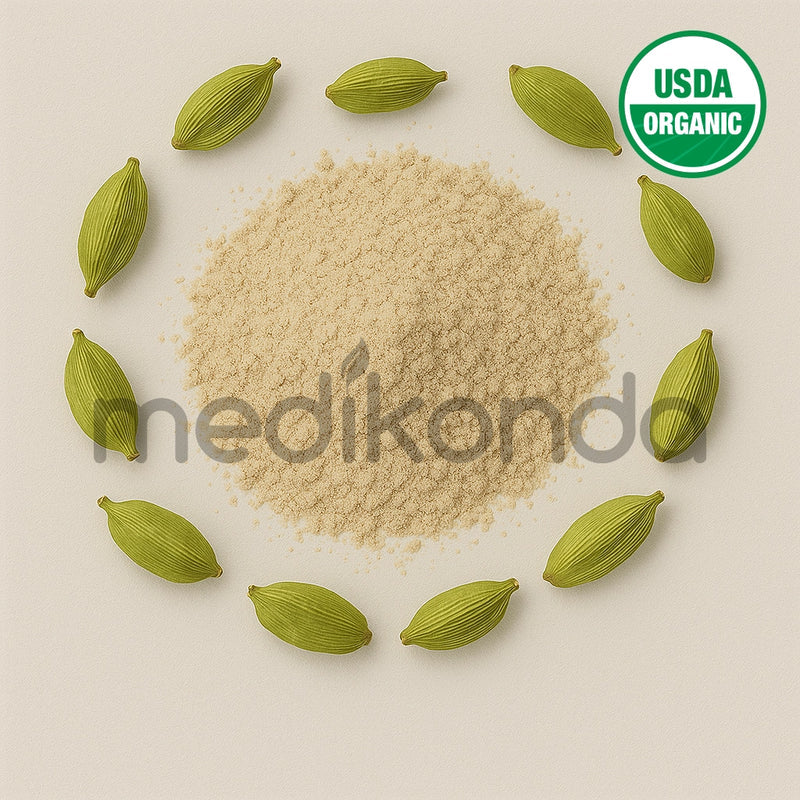Add description, images, menus and links to your mega menu
A column with no settings can be used as a spacer
Link to your collections, sales and even external links
Add up to five columns
Add description, images, menus and links to your mega menu
A column with no settings can be used as a spacer
Link to your collections, sales and even external links
Add up to five columns
LOOKING FOR BULK INGREDIENTS PRICING?
GET INSTANT QUOTEwhat ingredient are you looking for?

Benefits of Hemicellulose - Wholesale B2B Bulk Suppliers in Australia and New Zealand
Hemicellulose: The Unsung Hero of Plant Fiber
What is Hemicellulose?
Hemicellulose is a complex, branched polysaccharide found in the cell walls of plants. Unlike cellulose, which is a rigid and crystalline structure, hemicellulose is amorphous, shorter in chain length, and more easily broken down. It acts like a matrix that holds together cellulose fibers, providing flexibility and strength to plant tissues.
Common types of hemicellulose include xylans, mannans, and glucans, and they are typically composed of sugars such as xylose, arabinose, mannose, glucose, and galactose.
Natural Sources of Hemicellulose
Hemicellulose is abundantly present in:
-
Cereal grains (wheat, oats, barley)
-
Corn husks
-
Rice bran
-
Wood and straw
-
Fruit peels and vegetable waste
It is a major component of agricultural and forestry biomass and plays a key role in various industrial and nutritional applications.
Key Functions and Benefits
1. Supports Digestive Health
As a type of dietary fiber, hemicellulose:
-
Promotes regular bowel movements
-
Adds bulk to stools
-
Acts as a mild laxative
-
Supports a healthy gut microbiome by providing fermentable substrates for beneficial bacteria
2. Used in Prebiotic Formulations
Hemicellulose-derived oligosaccharides can be utilized as prebiotics:
-
Encouraging the growth of probiotic bacteria
-
Enhancing intestinal health
-
Boosting immune function
3. Biofuel and Bioproduct Applications
In biorefinery processes, hemicellulose is broken down into fermentable sugars used for:
-
Producing bioethanol
-
Generating bioplastics
-
Developing biodegradable chemicals and solvents
This makes hemicellulose an important player in the sustainable energy and green chemistry sectors.
4. Food Industry Applications
Hemicellulose is used as:
-
A dietary fiber additive in functional foods
-
A gelling agent and stabilizer
-
A way to improve texture and shelf life in baked goods and processed foods
5. Paper and Textile Industry
In papermaking and textile manufacturing, hemicellulose helps:
-
Control water retention
-
Improve paper strength and flexibility
-
Act as a natural binder in coatings and finishes
Comparison: Hemicellulose vs. Cellulose
| Property | Hemicellulose | Cellulose |
|---|---|---|
| Structure | Branched | Linear |
| Chain Length | Shorter | Longer |
| Digestibility | Partially fermentable | Indigestible |
| Composition | Mixed sugars | Glucose only |
| Crystallinity | Amorphous | Crystalline |
| Industrial Use | Versatile | Rigid support |
Environmental and Health Impact
-
Eco-friendly: Hemicellulose is biodegradable and renewable, making it ideal for sustainable product development.
-
Non-toxic: Safe for human consumption in dietary supplements and food applications.
-
Waste valorization: Agricultural residues rich in hemicellulose are now being upcycled into valuable bio-based materials.
Final Thoughts
Hemicellulose may not be as famous as cellulose, but its versatility, biodegradability, and health-promoting properties make it a valuable component in numerous industries. From promoting gut health to enabling the production of biofuels and eco-friendly materials, hemicellulose stands out as a vital resource in both natural biology and sustainable innovation.
For bulk orders and inquiries, visit Medikonda Nutrients - Hemicellulose
Medikonda Nutrients is the Largest Manufacturer, B2B Bulk Wholesale Supplier of Hemicellulose in Australia and New Zealand.
Also in Medikonda: Health & Wellness
SUBSCRIBE NOW ...
Don't miss to get latest updates on sales, new releases and promotions




